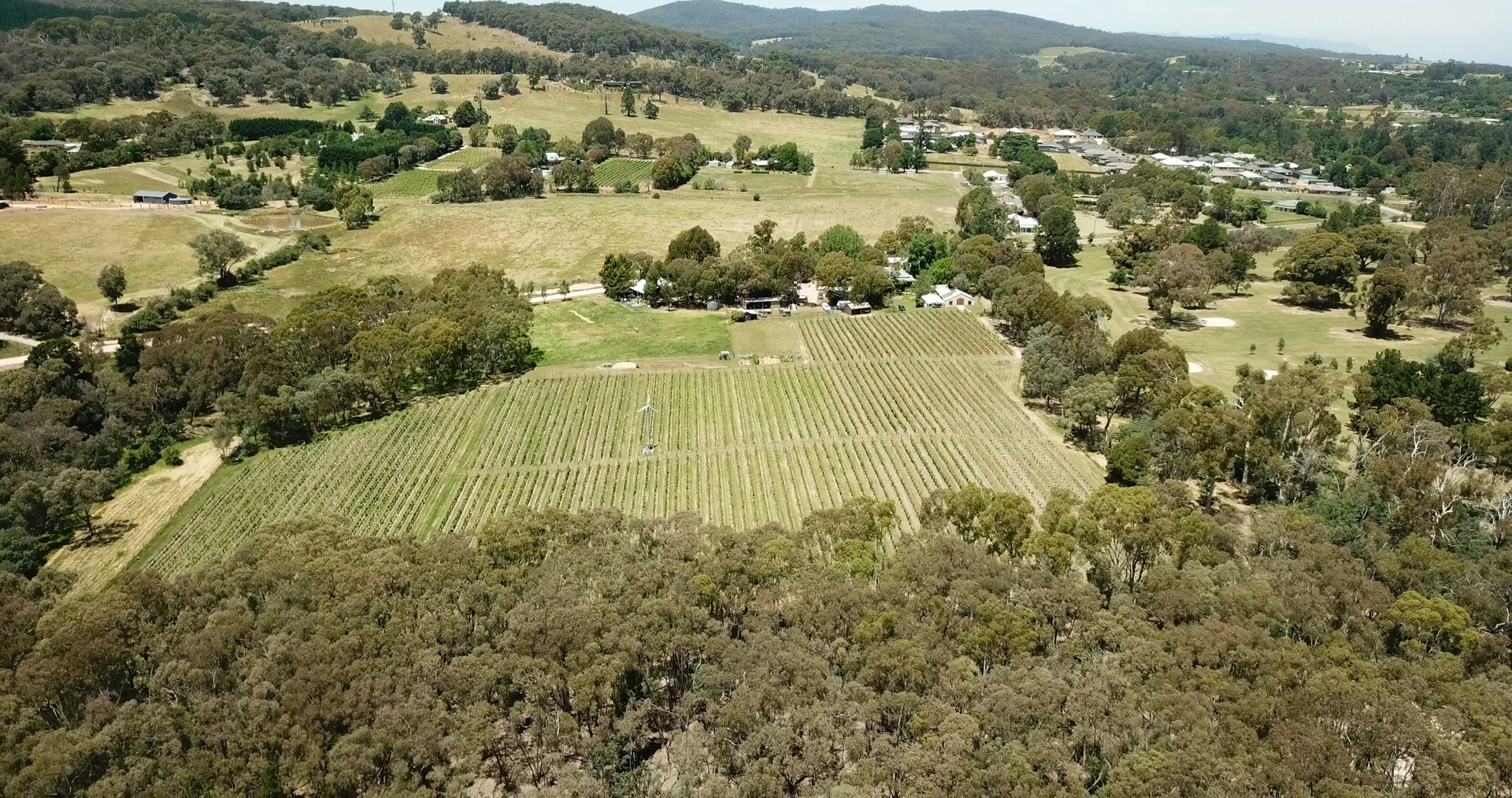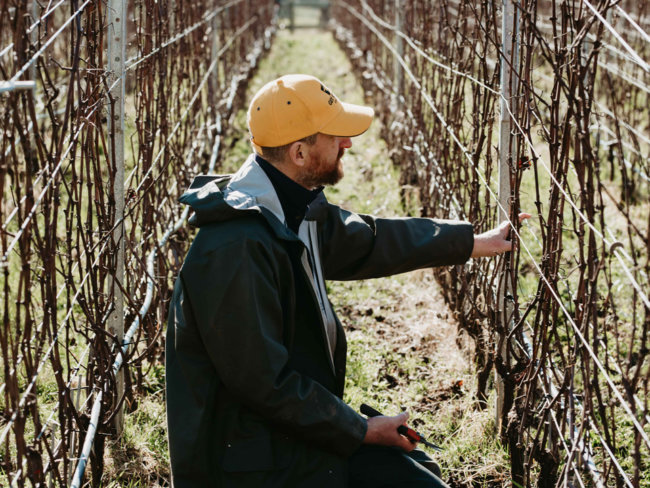Tellurian, Heathcote
Ian Hopkins was drawn to Heathcote by a love for the style of shiraz that was being wrought there from the ancient Cambrian soils. A piece of red dirt on the Mount Camel Range was acquired, and the first vines – shiraz, of course – for his own venture were planted in 2002. That vineyard has now expanded to around 30 hectares, with drought-tolerant varieties like nero d’avola, fiano and carignan, and Rhône stars like grenache and mourvèdre, joining the roster, with some planted at high density and others as bush vines. Tobias Ansted holds both the winemaking and viticulture reins, with the farming certified organic but forever being pushed to exceed those standards.










